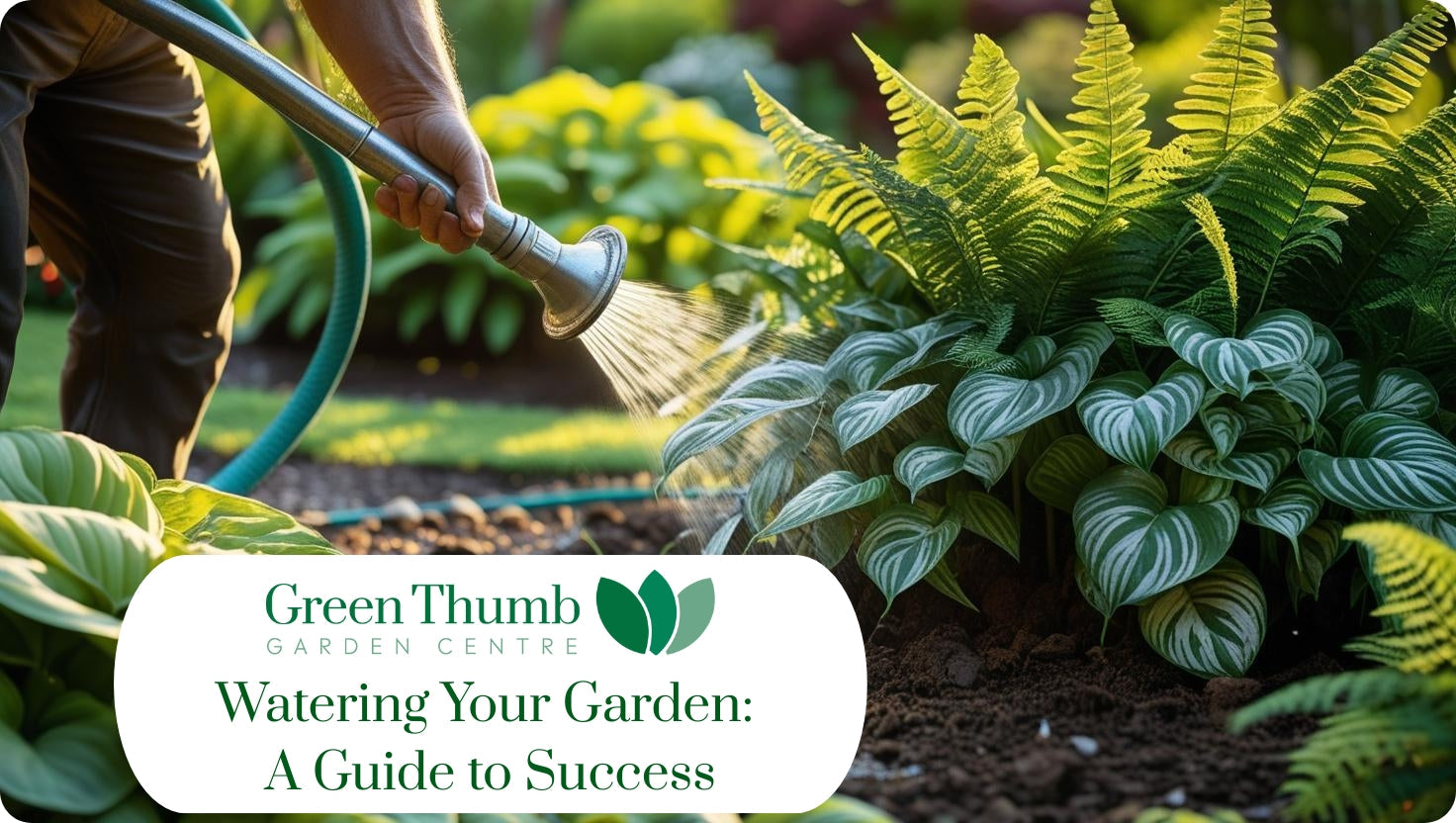Proper watering is crucial for a thriving garden. Here's a guide to ensuring your plants get the hydration they need.
Understanding Plant Water Needs
Different plants have varying water requirements. Some need consistent moisture, while others prefer dry spells. Know your plants! Research their specific needs before creating your watering schedule. For most gardens or indoor plants, just watering on Sunday is too vague.. some plants will need more consistent checks and others want to really dry out. Get used to visually assessing your plant.
Is the pot light? Is the dirt starting to pull away from the sides? If you stick your finger in an inch or two does it feel any moisture? Are the leaves drooping at all? Is it a variety that would appreciate more humidity? Are there dry, brown spots on any leaves? Keep a journal or notes on each plant as you get started, and keep in mind that as it get's hotter and colder that can affect how much a plant needs.
Know Your Soil Type
Different soil types will affect your watering needs. Clay based soils hold water longer, sandy soil will drain water quicker, peat moss is somewhere in the middle of these types. So get to know the type of soil you have.!
Best Time to Water
Morning: Watering early in the morning is generally best. This allows leaves to dry before the heat of the day, reducing the risk of fungal diseases.
Evening: Evening watering can be effective, but it also leaves leaves damp overnight, potentially encouraging fungal growth. If you choose to water in the evening, do it early enough for some drying time.
Watering Methods
Hand Watering
- Use a watering can or hose with a gentle spray nozzle.
- Direct water to the base of the plant, avoiding leaves where possible.
- Ensure water soaks into the soil.
Drip Irrigation
- Delivers water slowly and directly to the roots.
- Reduces evaporation and runoff.
- Conserves water efficiently.
Sprinkler Systems
- Covers a larger area quickly.
- Can lead to water waste through evaporation and runoff.
- May promote fungal diseases if leaves stay wet.
How Much to Water
Check Soil Moisture
- Push your finger into the soil about an inch deep.
- If it feels dry, it's time to water.
- If it feels moist, hold off.
Deep Watering
- Encourage deep root growth by watering thoroughly but less frequently.
- Light, frequent watering leads to shallow roots.
- Aim for water to penetrate several inches into the soil.
Tips for Efficient Watering
- Use mulch to retain soil moisture and reduce evaporation.
- Water deeply but less often to promote strong roots.
- Water at the base of the plant.
- Consider a rain barrel to collect water.
- Monitor weather patterns and adjust watering accordingly.
- Ensure proper drainage to prevent waterlogging.
Common Mistakes to Avoid
- Overwatering can lead to root rot.
- Underwatering can stress plants.
- Watering leaves can promote diseases.
- Ignoring plant-specific needs.
- Watering during the hottest part of the day.
If you have any other questions about watering needs and supplies, we are open 7 days a week, so stop in for a visit, we would love to help you!


